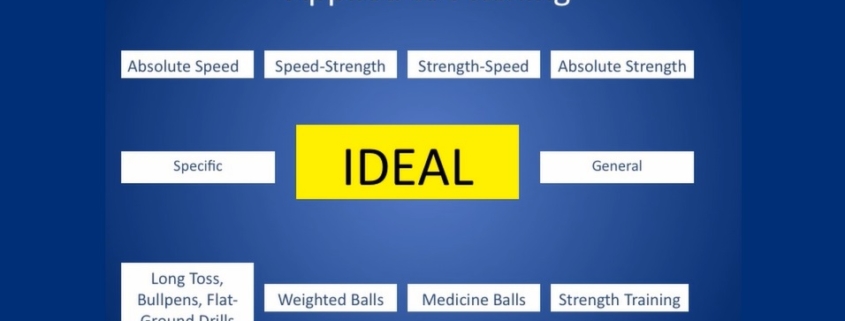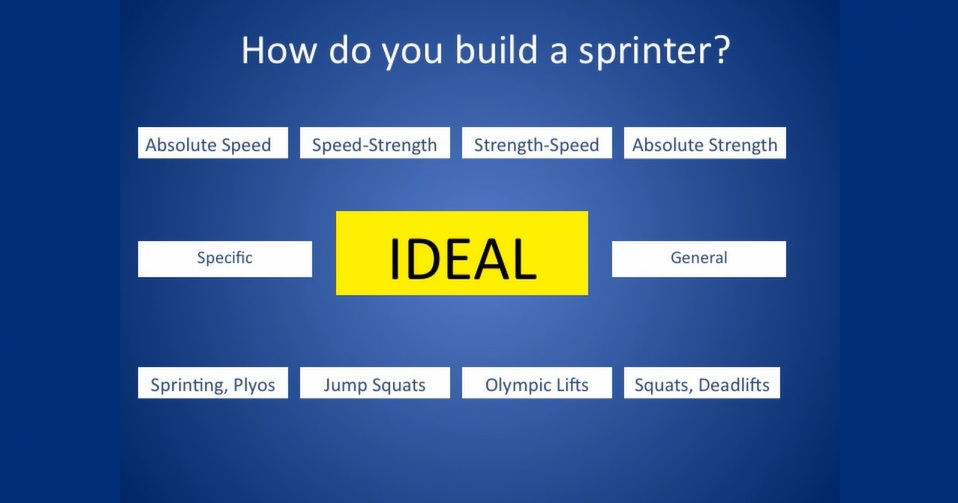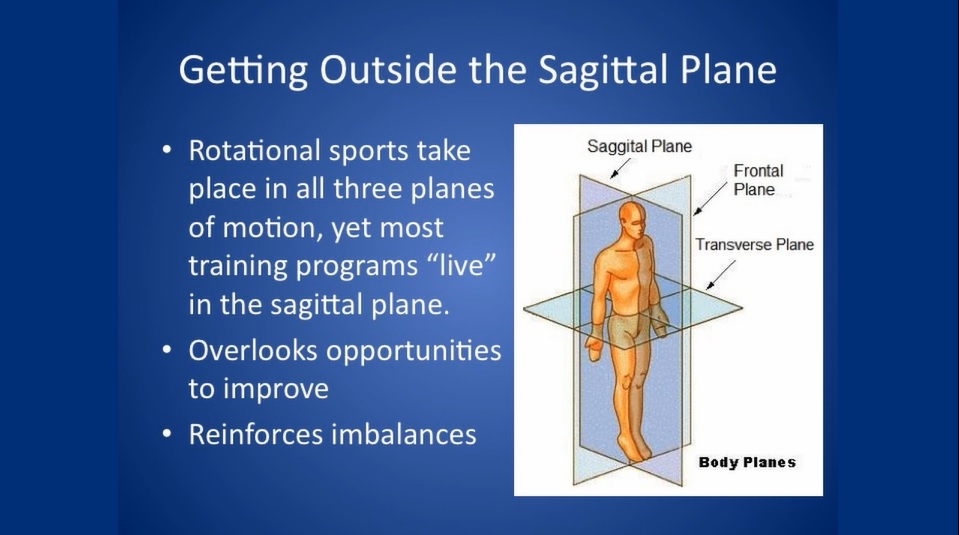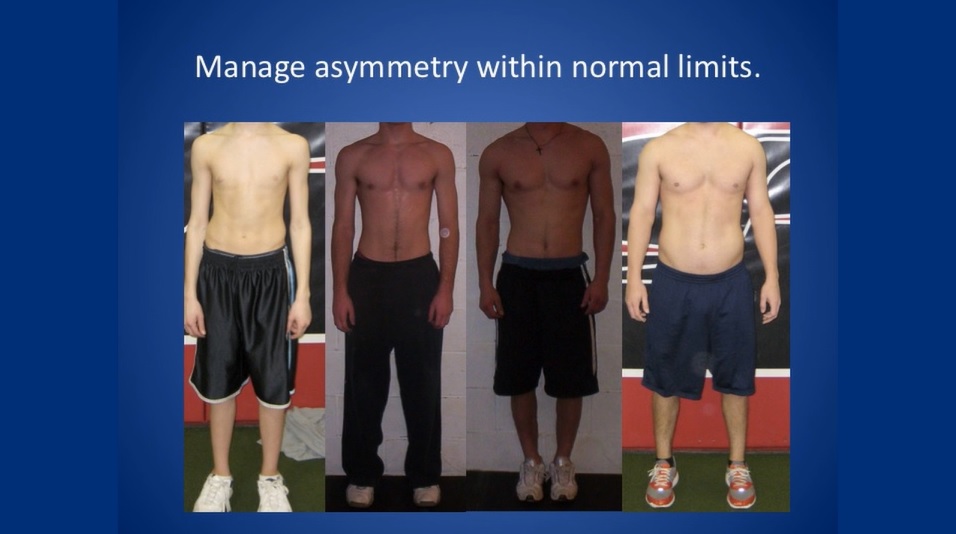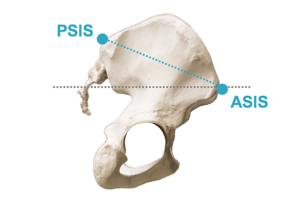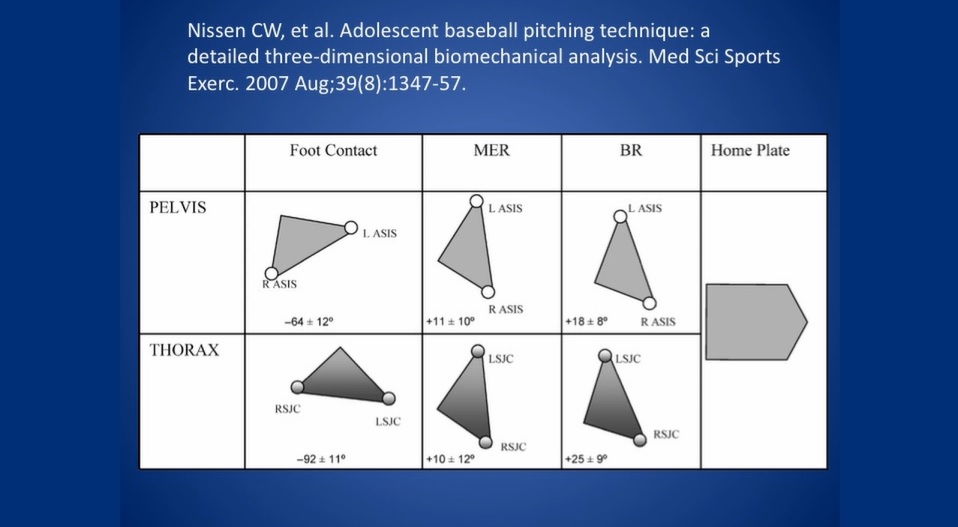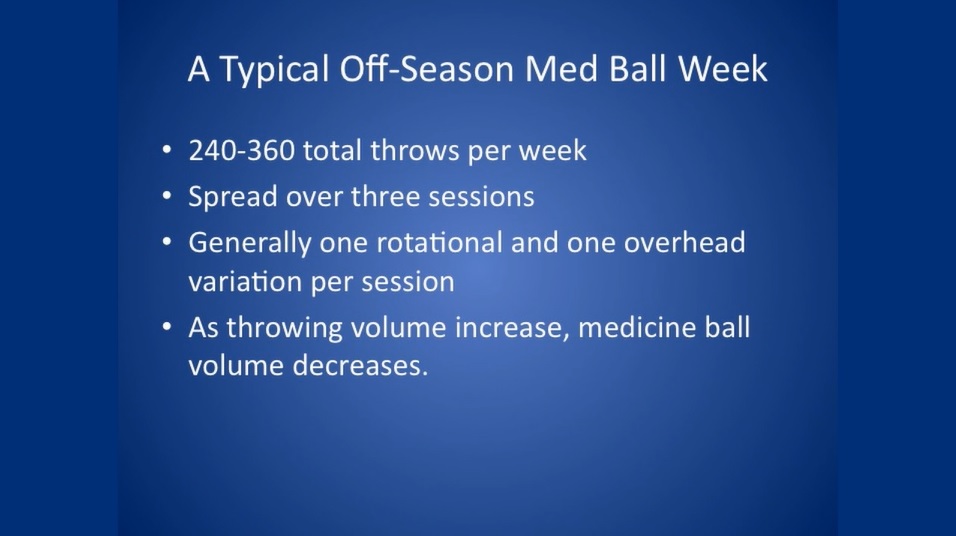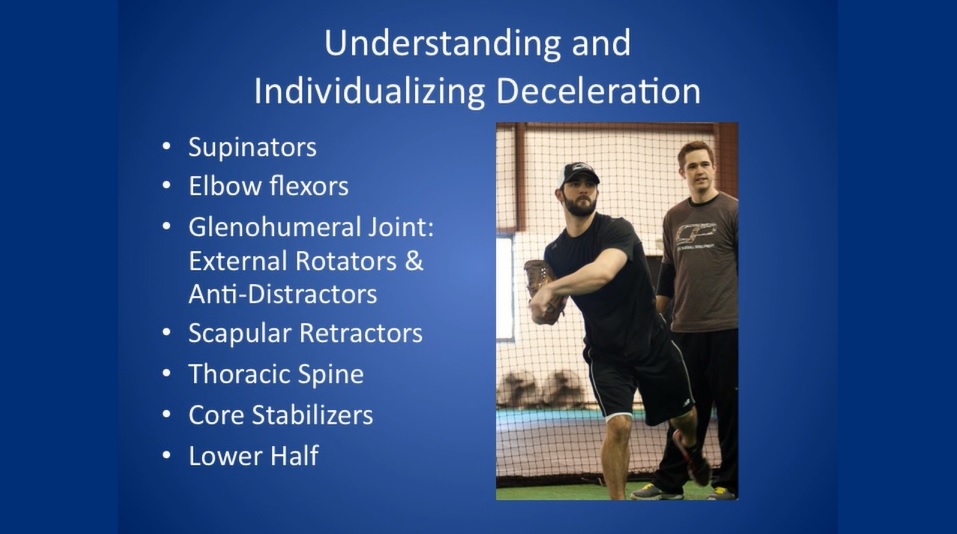Individualizing the Management of Overhead Athletes
Eric Cressey delivered a presentation in 2012- originally delivered at the American Baseball Coaches Association (ABCA) Convention – to 4500 coaches in attendance- called ‘Individualizing the Management of Overhead Athletes.’
He has now made it available for FREE if you sign up to his newsletter so if you want to see it is full then go ahead and sign up.
This blog is a summary of the three topics discussed in the 45 minute presentation. For the most part the information is directly quoted from Eric’s presentation.
Our Heaviest Influence is the Weather
We deal with terrible weather and as a result you don’t associate baseball with where we operate our CSP fitness facility in Massachusetts. This forced me to do a lot more listening and ask a lot more questions as I didn’t have a lot of the experiences growing up in the North east that come from being in a baseball hot bed.
Massachusetts (highlighted in red) is the 7th-smallest state in the United States. It is located in the New England region of the Northeastern United States.
”Do you see a lot of ice hockey players coming out of the state of Alabama, what do you guys know about the state of New Mexico’s lacrosse programme? It doesn’t happen, right? So we have these sports up in the Northeastern area that really aren’t that prevalent in the south, where all these big time prospects are coming from.
We know that statistically speaking, if you have a surgery in the minor leagues, it cuts your chances of making it in the big leagues in half
Now, to add to that, it’s about a 1 in 50 success rate, with 2% of players that are drafted ever make it to the big leagues, so if you become the 2 in a 100 that makes it, you become the 1 in a 100 all of a sudden if you have a surgery. So it’s very important we work with the talent we have and keep it healthy.”
Eric spoke about a draft pick where major league teams liked the fact that the prospect had never thrown more than 80 innings in year. You see a lot of these colleges now recruiting more and more from the north east. Why? These guys don’t have the same level of accumulated wear and tear that everybody else has.
”You get an arm from Georgia and then you compare it to an arm from Massachusetts, and you compare the number of innings they both have; if I have two guys and they are both pitching at 90-92 mph, I’ll take the Massachusetts guy any day of the week. He’s got a bigger window of adaptation, he probably has less calcification on his ulnar collateral ligament, he knows how to roll in different social circles from playing hockey, so there’s lots of benefits to playing multiple sports. So one thing we have working in our favour here, is that the weather kind of forces that.”
Absolute Strength to Absolute Speed Continuum
On one end we have absolute speed where we are focused on Velocity and on the other end we have absolute strength continuum where we are focused on Force.
”If you look at how a typical young sprinter is built and what they come with naturally, very reactive, reasonably fast and can put the force into the ground reasonably quickly but what can you do to improve them – you’ve got to get them stronger right? So you’re going to take them from all the way over on the left and train them more on the right. Same story for a basketball player.
Once we get them over that original hurdle of that foundation strength, we realise that hey there’s some stuff that we can do in the middle that will help them get to where they want to be, such as loaded Jump squats and Olympic lifts.
So maybe my best move is not just throwing on a weighted vest and doing plyos with a kid who has always done sprinting and plyos, I need to get them strong first, and then I can start to look in the middle.
Bear in mind that this might be more relevant to off-season and that if someone is in-season and is very strong, are you going to say you’re going to do a tonne of sprinting and plyos when you come in to train with me? No, he’s probably getting a lot of that in-season in matches already.
So what does that look like in the context of pitching in baseball?
Talk about being all the way on the left; if I’m a pitcher I’ve thrown a 5 ounce baseball my entire life, it’s what I’ve done since little league. Now, what we realised is that strength training improves throwing velocity. They’ll be some pitching coaches that will tell you that strength training is bad for pitching (who apparently don’t know how to read the scientific literature). Bad weight training is bad for anybody! Good weight training can certainly help in the quest to throw a baseball harder.
So we need to take these guys who have a base of absolute speed and take them over to the absolute strength end, which is a basis for a lot of things. It’s not just a basis for power output, it’s also a basis for joint stability.
What do we know about throwers? They have a lot more laxity in general, both congenital (so the way they were made) and acquired. Now once we have built that foundation of strength and we’ve got to take them more to the middle.
So understand where you are on with respect to long term power development and appreciate that that will change over the course of a season and career.”
Getting Outside the Sagittal Plane
”Rotational sports aren’t like sprinting. They take place in multiple planes of motion and yet most of the traditional gym strength clean, squat and bench programmes are very sagittal plane dominant.
So what I see in most college athletes who come to me when they’ve made it to pro ball and they look back on their college weight training experience. They have been in large group settings, they’ve all done the same programme, so they’ve all learnt to squat, bench, deadlift etc. So when I get them in many cases they may be strong enough, they may have plenty of arm speed but they’ve never really done anything in the middle.
In many cases this is the same for the training out of the sagittal plane; you just don’t see many guys training outside that sagittal plane at the level they need to. We also know that there is something called the ‘delayed transmutation affect,’ which a famous Russian scientist Zatziosky referred to as the time it takes to be able to transfer or realise the general strength improvements into sport specific actions.
So if I gain 50 pounds on my squat in the off-season when does it carry over to me throwing the baseball harder? What I can tell you is that, that period is going to be a lot longer in a baseball player because of the rotational component, than in a football player who just wants to run faster in a straight line or jump high.
What do we see? This is a 14, 16, 18 and a 22 year old. They all have an adducted right hip. They all have low right shoulders, horizontal clavicle (we like to see a 6-20 degree up slope), and as they get older they tend to re-engrain these compensatory patterns. If I just do bilateral exercise, is that going to get better? No! They need to be doing left hand throwing, some rotational med ball work in the other direction and we need to learn how to get back to neutral and then train in neutral.”
Hip and Shoulder Separation
Just before we get into the specifics of how the body moves in a baseball pitch, just a quick recap on Anatomy of the Pelvis.
The Anterior Superior Iliac Spine (ASIS) is a bony prominance on the front of your pelvis. The Posterior Superior Iliac Spine (PSIS) is a bony prominance on the back of your pelvis. When you tilt your pelvis forward or back it will affect the position of the ASIS and PSIS.
The research group below basically looked at what happens to your pelvis and thorax (basically the area your ribs occupy) when you throw.
”All you need to focus on is the far left column (above) where it says Foot Contact, and that’s stride foot contact so it’s what happens when I set my front foot down. What you have to appreciate is, if I look at my pelvis and my right Anterior Superior Iliac Spine (ASIS) what you’ll see is they have already started to orientate towards the plate.
So as my hips are moving towards the plate, my torso is still moving in the opposite direction
So am I going to be able to prepare for this level ? of hip-thorax separation angle by just doing squats, bench, and cleans in the gym? No! It’s not going to get the job done. I need to train a little bit more rotationally to prepare for those demands that might be taking place.”
The demands are equally high on hitting.
This is something that is happening at crazy high velocities through an extreme range of motion so we are pushing the limits of hip mobility, hip stability and core stability simultaneously.
Specificity of Power Development
”Remember also that power development is plane specific. Just because I get good at doing vertical jumps or broad jumps, I don’t know that that is going to carry over to rotational medicine ball throws and things like that. On the flip side I’ve just seen way too many guys with bad bodies come in and jump an 18 inch jump and yet go out and throw 95 mph – so power in the gym wasn’t correlating with pitching velocity.
So if we’re talking about predictive value, the more specific you get with the context of power the better off you’re going to be, so things like skaters, lateral hop and rotational throw for distance etc will be good options.
”Get into that hip, then get out of that hip – it’s all about weight transfer.”
The ‘hip’ being the back hip. But as well as power development which comes from the back hip, but you also need to learn to transfer force and accept force with the lower half especially on the front leg, as you can only speed up what you can slow down.”
Understanding and Individualising Deceleration
It’s a great picture because it shows where everything ends.
”When we talk about deceleration we often want to work back from what we see and build up from what started it all. So what’s controlling a throw? We have supinators at our forearm we are needed to control the pronators when you pitch a ball. We have to have strength at our forearm which helps to decelerate the pronation. We also have our elbow flexors with about 2400-2600 degrees per second of elbow extension when you throw a baseball, so something crossing your elbow has to help to slow that down.
At the glenohumeral joint, when we throw we go through 7000 degrees per second of shoulder internal rotation, it’s the fastest motion in all of sport and it’s the equivalent of making 20 full revolutions of the ball on the socket every second. Furthermore, when we get out in front and we release that ball that’s about 1.5 times bodyweight in distraction forces. So you have that humeral head swiveling and also being pulled out of that socket so your posterior cuff is going to take a beating and you need to make sure it is really strong.”
Summary
”At the end of the day lower body strength really matters for these guys, and building some general foundational strength will be really important. But try to think about the three areas discussed above as these will be actionable areas you can look at to make further gains in their baseball development.”
Hope you have found this article useful. Thanks to Eric Cressey for the great insights.
Remember:
- If you’re not subscribed yet, click here to get free email updates, so we can stay in touch.
- Share this post using the buttons on the top and bottom of the post. As one of this blog’s first readers, I’m not just hoping you’ll tell your friends about it. I’m counting on it.
- Leave a comment, telling me where you’re struggling and how I can help
Since you’re here…
…we have a small favor to ask. APA aim to bring you compelling content from the world of sports science and coaching. We are devoted to making athletes fitter, faster and stronger so they can excel in sport. Please take a moment to share the articles on social media, engage the authors with questions and comments below, and link to articles when appropriate if you have a blog or participate on forums of related topics. — APA TEAM

